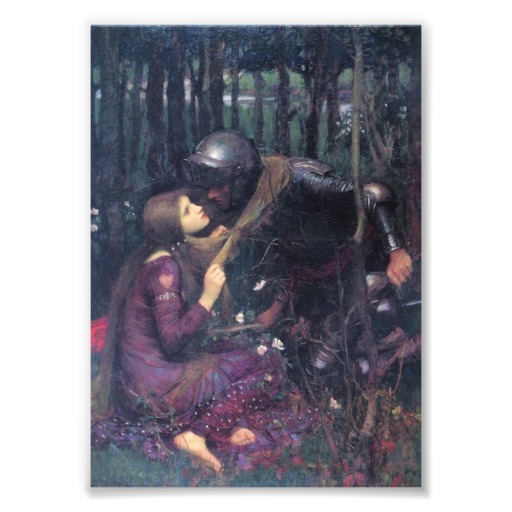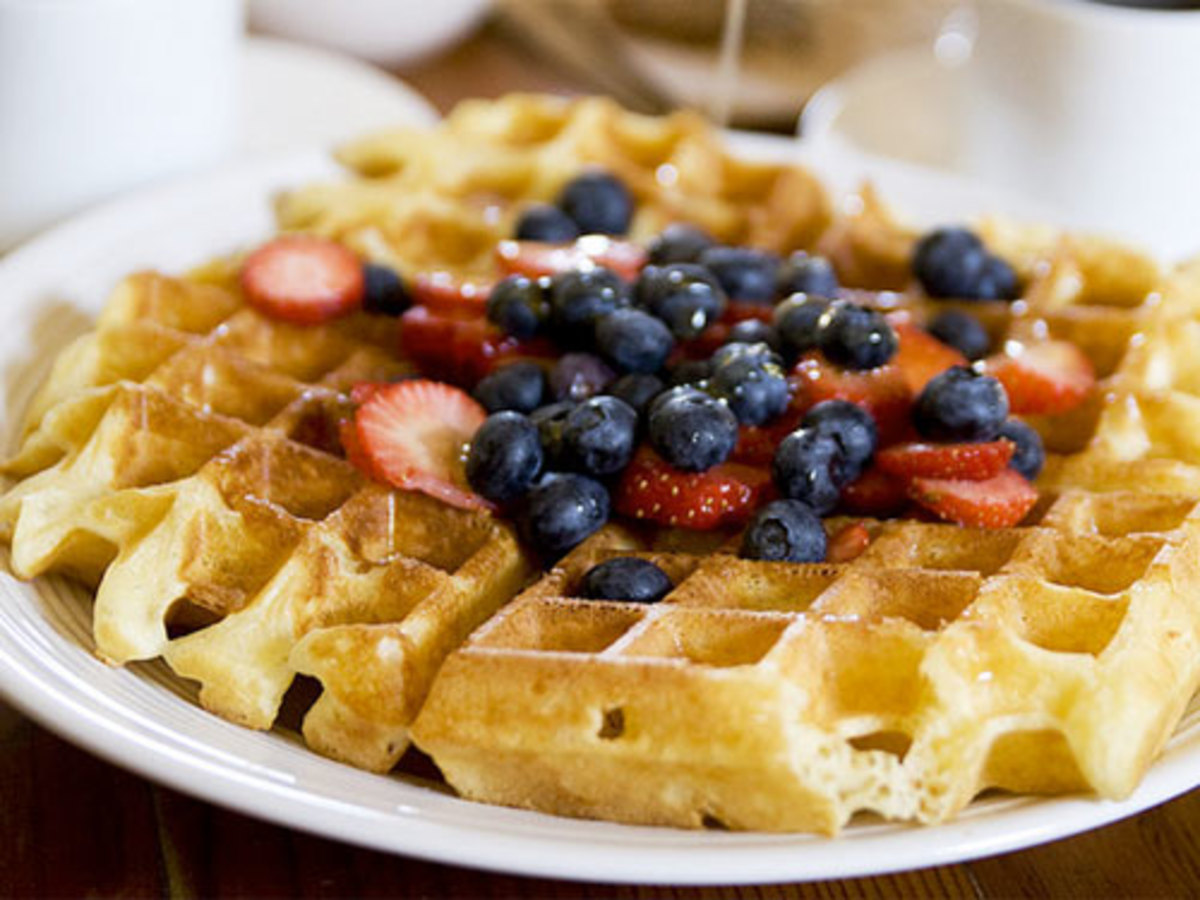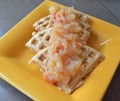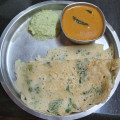The Legend of the Waffle
Where did waffles originate?

What Do You Prefer?
Do you prefer pancakes or waffles?
A Lady and Her Knight
A legend exists dating back to the thirteenth century in England that tells how waffles originated. According to the legend, a crusader returned from his exploits in the middle east and was wearing his armor when he accidentally sat on some freshly baked oat cakes. The crusader's action at first brought grief from the man's wife who had made the oat cakes, but since food was scarce, she told him that he would have to eat them anyway. He spread his butter on the cakes and ate them. His wife was suddenly elated by the way the butter stayed in the imprints from the armor and didn't roll off like they did when she made oat cakes in her usual manner. From that time on, once a week, the crusader would sit on her fresh oat cakes and they would eat them together. The new bread was promptly called "warfres" because of the checkerboard pattern.
Beyond the Legend
The true history of the waffle tells a slightly different story. The ancient Greeks had a flat cake cooked between two metal plates. They called this waffle-like cake "oblelios". During the Middle Ages, Europeans made oblelios as well, sometimes eating them in flat form, and sometimes rolled up and cone-shaped. It wasn't until the 1200s that someone decided to put the design on the plates between which the cakes were baked. The designed type of plates was known as gaufres, a word that refers to the wafer used in communion wafers in the church. However, usually, the gaufres tasted better. these gaufres were commonly made with flour such as barley and oats and were not sweetened nor leavened, at least initially, and among the poorer class people. Later, when wealthier classes started eating gaufres and added honey, milk, and eggs. In addition, these socialites added patterns more ornate patterns to the plate including religious symbols or the individual's coat of arms.
As time passed, waffles became even more popular and sold by street vendors. Some of these vendors bought licenses allowing them to sell at church bazaars on feast days. Eventually, vendors became so common on feast days that in the 1500s France's King Charles IX regulated them with a decree that vendors needed to be a full six feet from the nearest fellow vendor.
The Dutch also enjoyed waffles. They called them "waffre" which is where we get our current word "waffle". It was from the Dutch that the Pilgrims brought waffles to America. A few years later the Dutch themselves brought waffles into New Amsterdam (Later New York).
Thomas Jefferson reintroduced the popularity of the waffle after he returned from his diplomatic trip to France. He then served them at the White House and had waffle parties which he called "waffle frolics". Guests enjoyed their waffles sweet--with maple syrup, molasses, or honey--or savory. Kidney stew was a popular "gravy" for unsweetened waffles.
The History of the Waffle Iron
The earliest waffle iron originated in the 14th century. they were two pieces of metal hinged together and placed on a long pole where they were held out over an open fire.
In 1869 the first American patent on waffle irons was granted to Cornelius Swarthout (U. S. Patent 94.043 issued August 24, 1869). It was made of iron and in order to make the waffle, the contraption was placed over the burner of a wood or gas stove.
The first U.S. waffle iron was patented in 1869 by Cornelius Swarthout. It consisted of two hinged cast iron plates that swiveled in an iron collar. The whole apparatus sat on top of the stove. Electric waffle irons didn't come along until July 26, 1911, when General Electric produced the first commercial model.
During the 1939 New York World's Fair, the Belgian Waffle was introduced to the U.S. public. This thicker, raised waffle had been invented in Ghent and was usually served dusted with powdered sugar, however Americans preferred them with whipped cream and fruit topping.
In the mid-1930s, three brothers Frank, Tony and Sam Dorsa invented a machine capable of cranking out thousands and freezing them. Kellogg bought the company in the 1970s and the frozen waffle became a U.S. breakfast staple.
In upcoming years GE and other companies have made the waffle iron more attractive and light weight. They have been made easier to clean especially after teflon was created in 1938 by a young chemist named Dr. Roy Plunkett.
Making Better Waffles
This content is accurate and true to the best of the author’s knowledge and is not meant to substitute for formal and individualized advice from a qualified professional.
© 2010 Cygnet Brown







